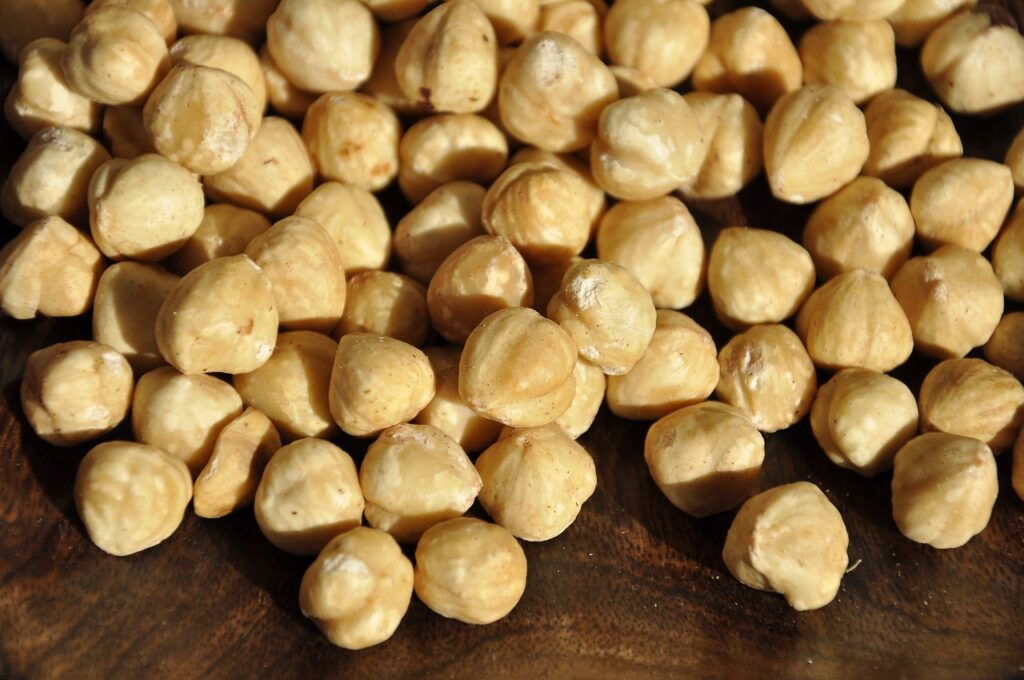Hazelnut Seed Coats Were Considered Waste
Hazelnuts are delicious, aren’t they? Hazelnuts, which are popular as a confectionery, are plants belonging to the genus Corylus in the birch family. Although the hard seed coat that covers them resembles acorns, they do not belong to the beech family. When consumed as food, the hard seed coat is removed. It is said that these removed seed coats amount to 1 million tons annually, but currently, there is no specific secondary use for them.
Some of the seed coats, considered waste, seem to be repurposed as food. For example, they are mixed into yogurt, confectionery, pasta, and so on to enhance functionality. Additionally, when used as livestock feed, they appear to have the effect of improving meat quality, but this is still in the early stages of widespread use.
The primary reason why the reuse of hazelnut seed coats has not progressed is due to a lack of information. Many people show allergies to hazelnuts, so even if the seed coats have high functionality, it is not easy to simply add them to food, and research is being conducted starting with identifying their properties.

What Was Discovered by Investigating Seed Coat Extracts
The hazelnut seed coats were subjected to ultrasonic treatment in 90°C hot water to create an extract solution. Analysis of this extract revealed various findings.
Antioxidant Properties
The extract was rich in polyphenols and exhibited antioxidant properties. Antioxidant properties are known to have anti-aging effects in the human body, and moderate consumption may contribute to health.
Inhibition of Bacterial Growth
The extract inhibited bacterial growth. It reportedly suppressed the growth of potentially pathogenic bacteria, such as those in the Bacillus genus, Escherichia genus (E. coli), and Staphylococcus genus (staphylococci). On the other hand, it did not significantly affect the growth of bacteria that may be beneficial to the human body, such as those in the Lactiplantibacillus genus (lactic acid bacteria), suggesting that it could contribute to the normalization of gut bacteria.
Allergen Content Was Reduced
Interestingly, the allergen content was reduced. Hazelnuts are a common food allergen, and some people need to be cautious when consuming them. The tested extract of hazelnut seed coats had reduced allergen content. This is believed to be due to the high-temperature heating during extraction, expanding the potential uses of the extract.
Could a “Hazelnut Seed Coat Flavor” Be Created Soon?
The hazelnut seed coat extract was found to be functional and stable, with reduced allergen content and various other potential uses.
Furthermore, apart from functionality, it was found that the extract retained abundant components related to aroma and taste. While it seems to have a different taste and aroma from hazelnuts themselves, depending on how it is used, it might be possible to create a new “flavor.” I found myself imagining a future where we could eat “hazelnut seed coat flavored” chocolate.
Not limited to hazelnuts, there seem to be other examples where new possibilities can be found in materials that are being discarded as waste. We look forward to future research and development!




コメント